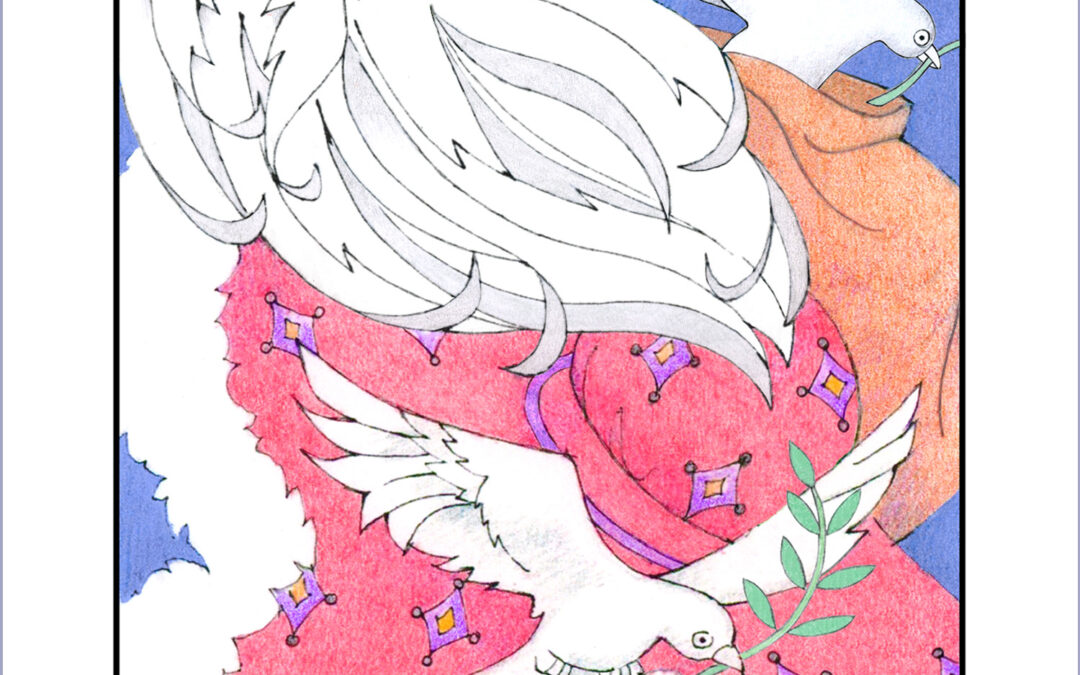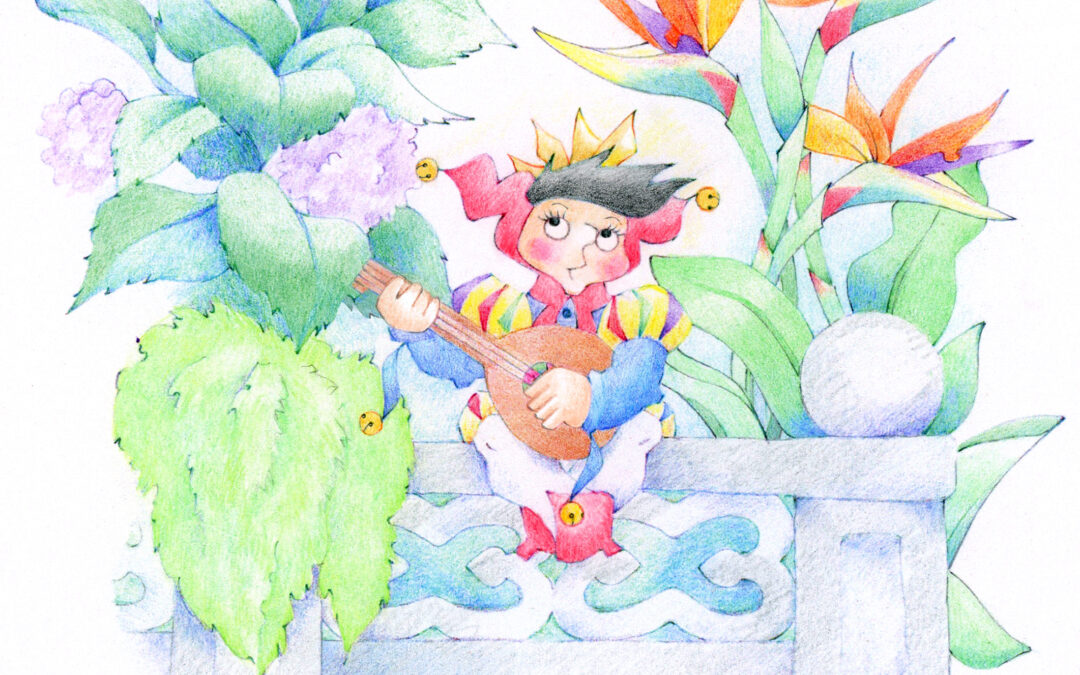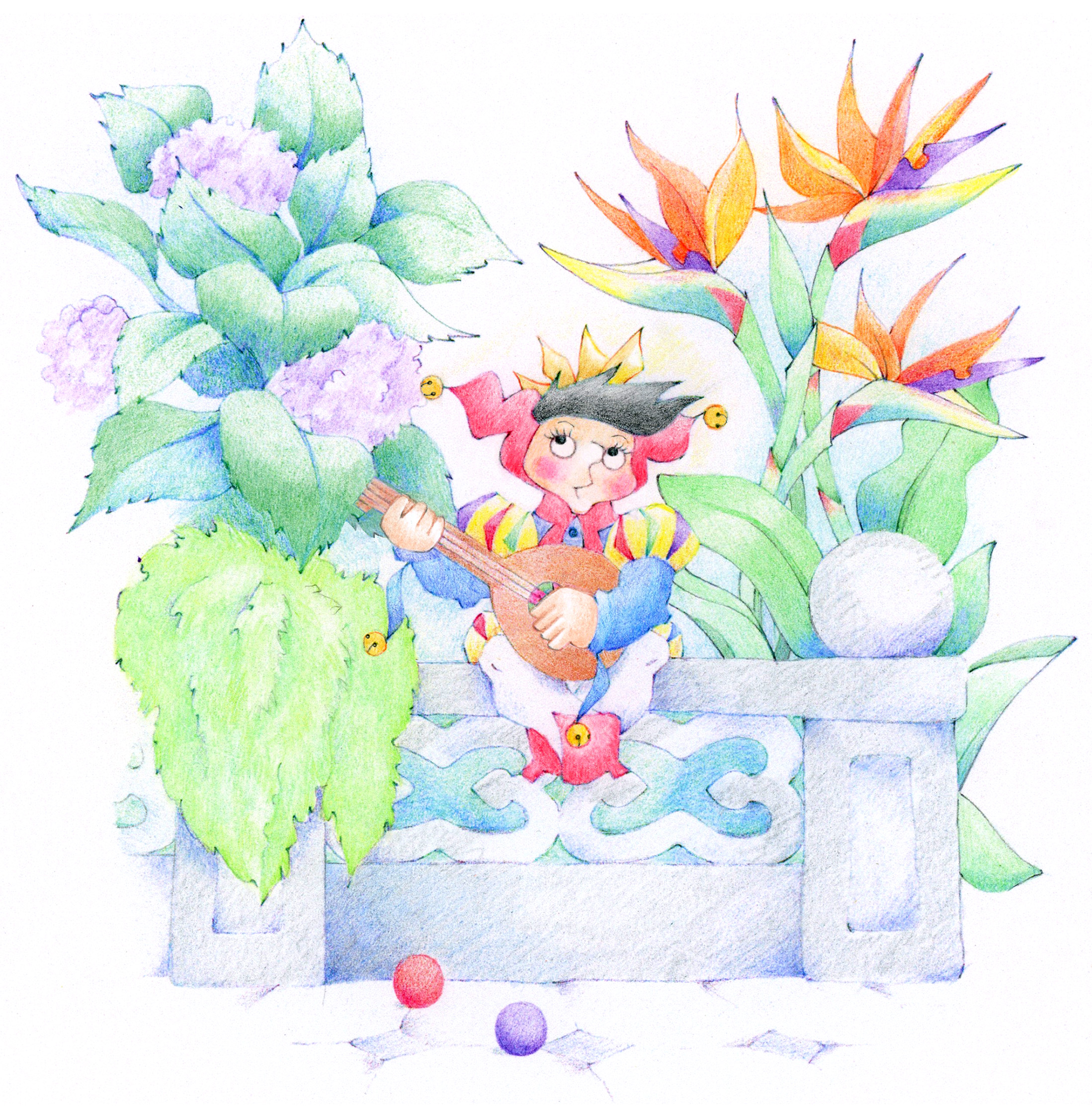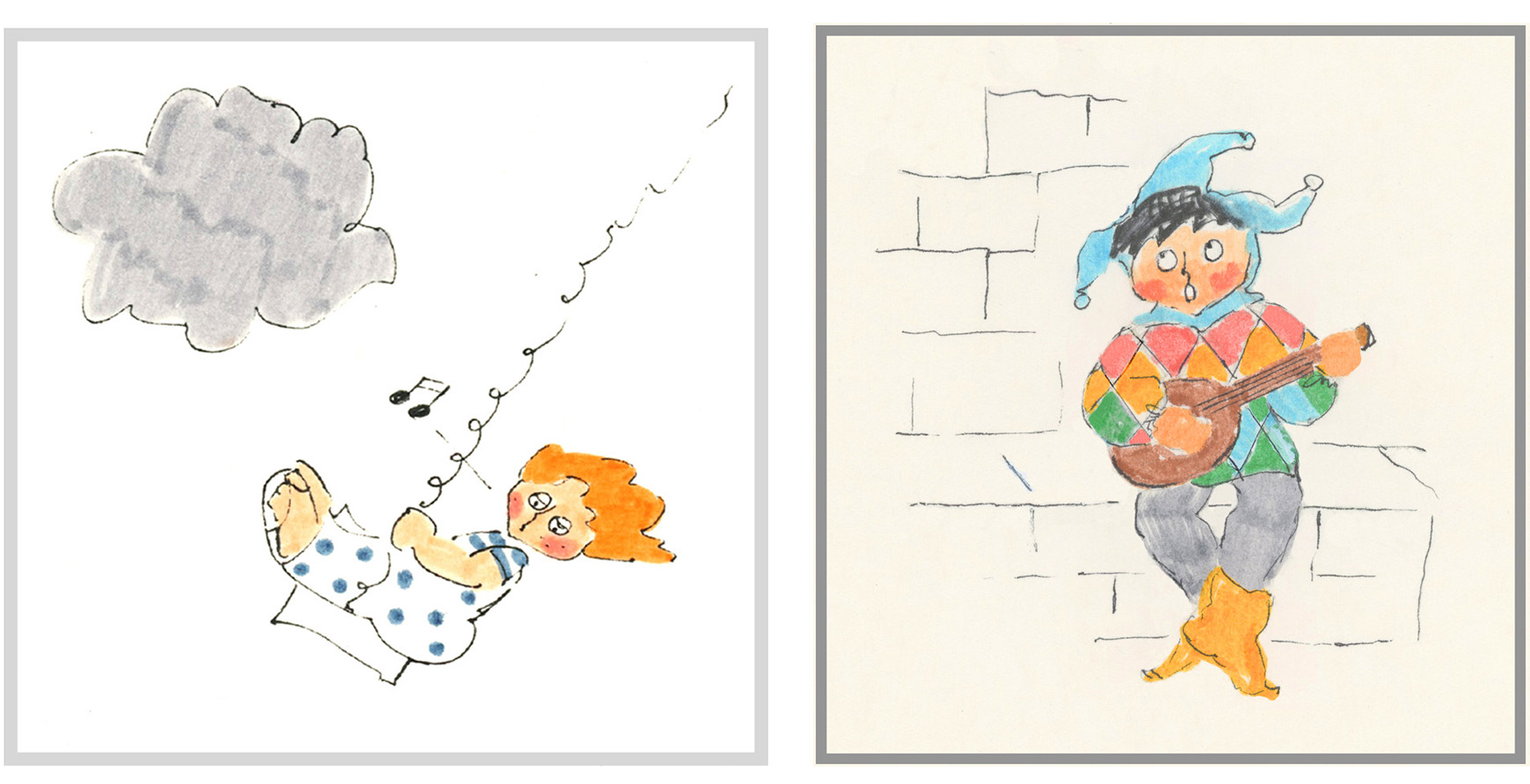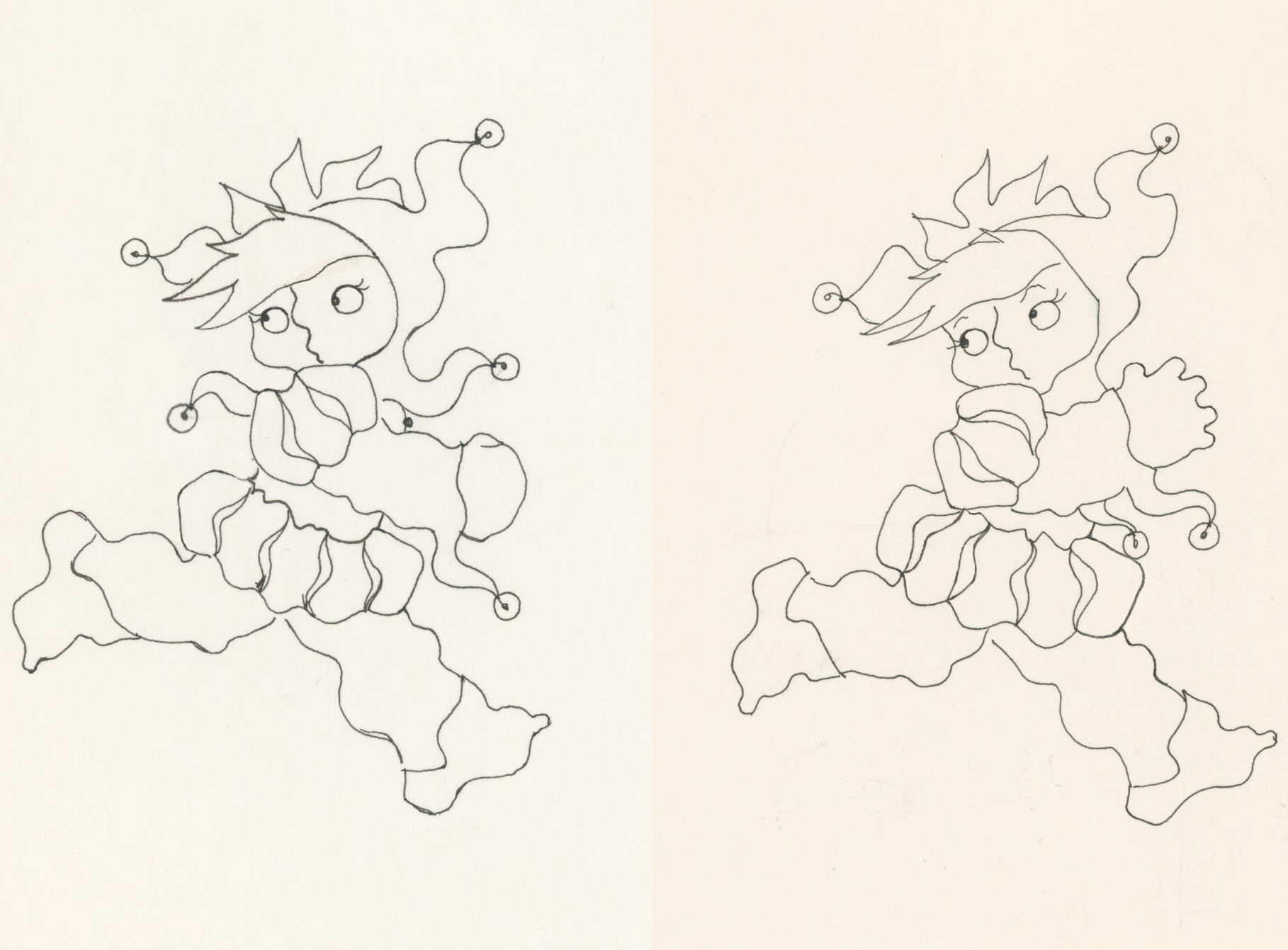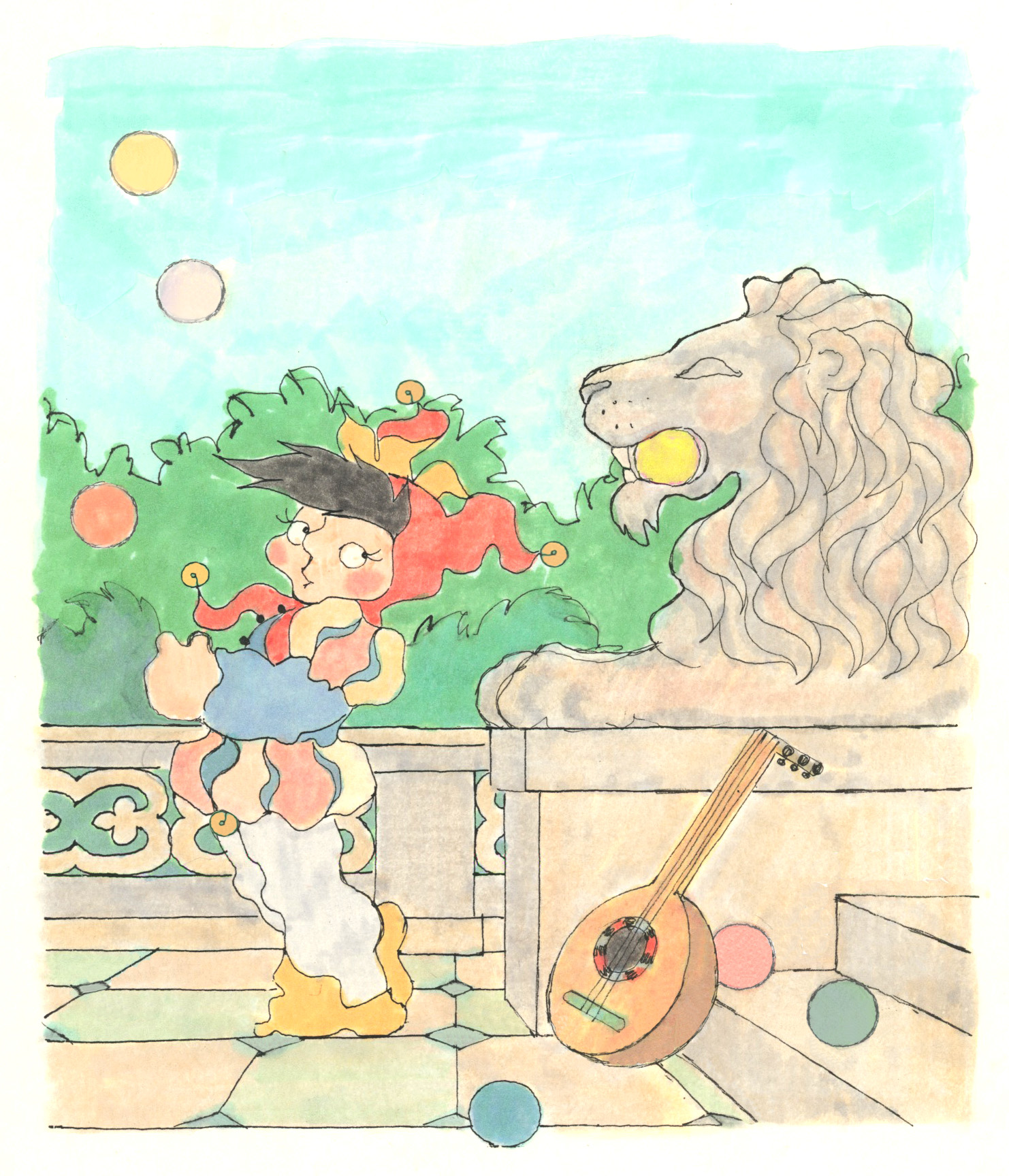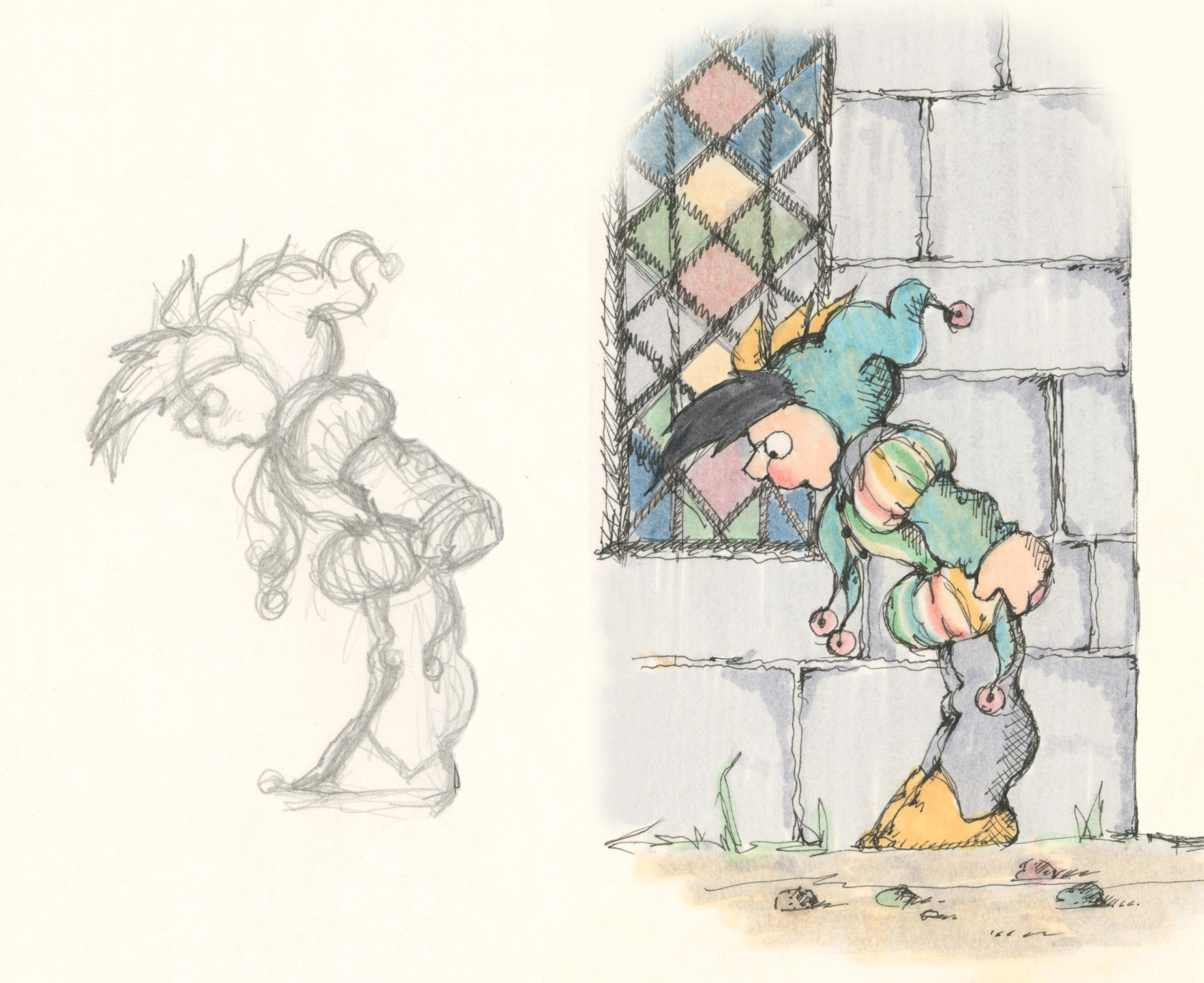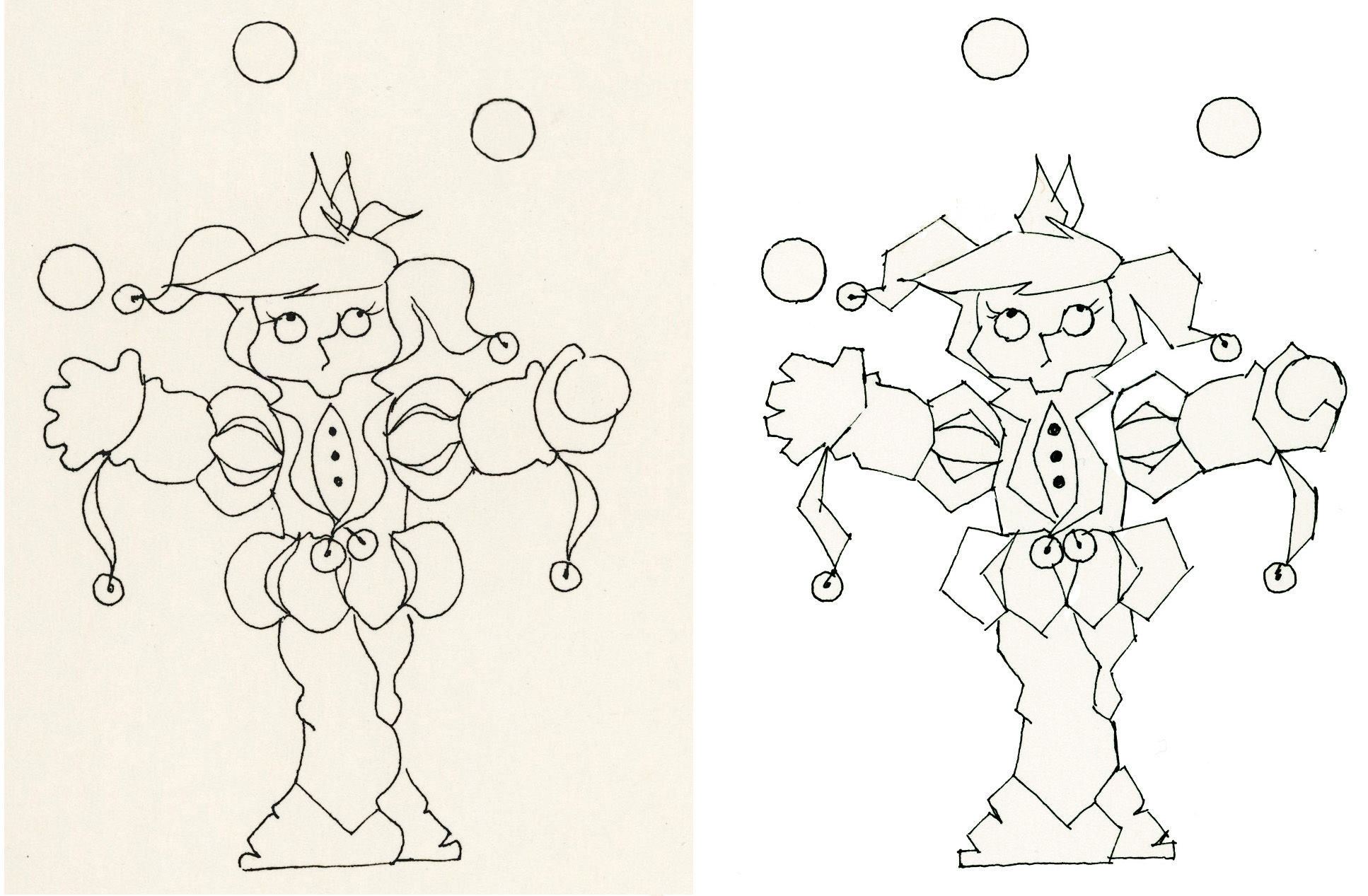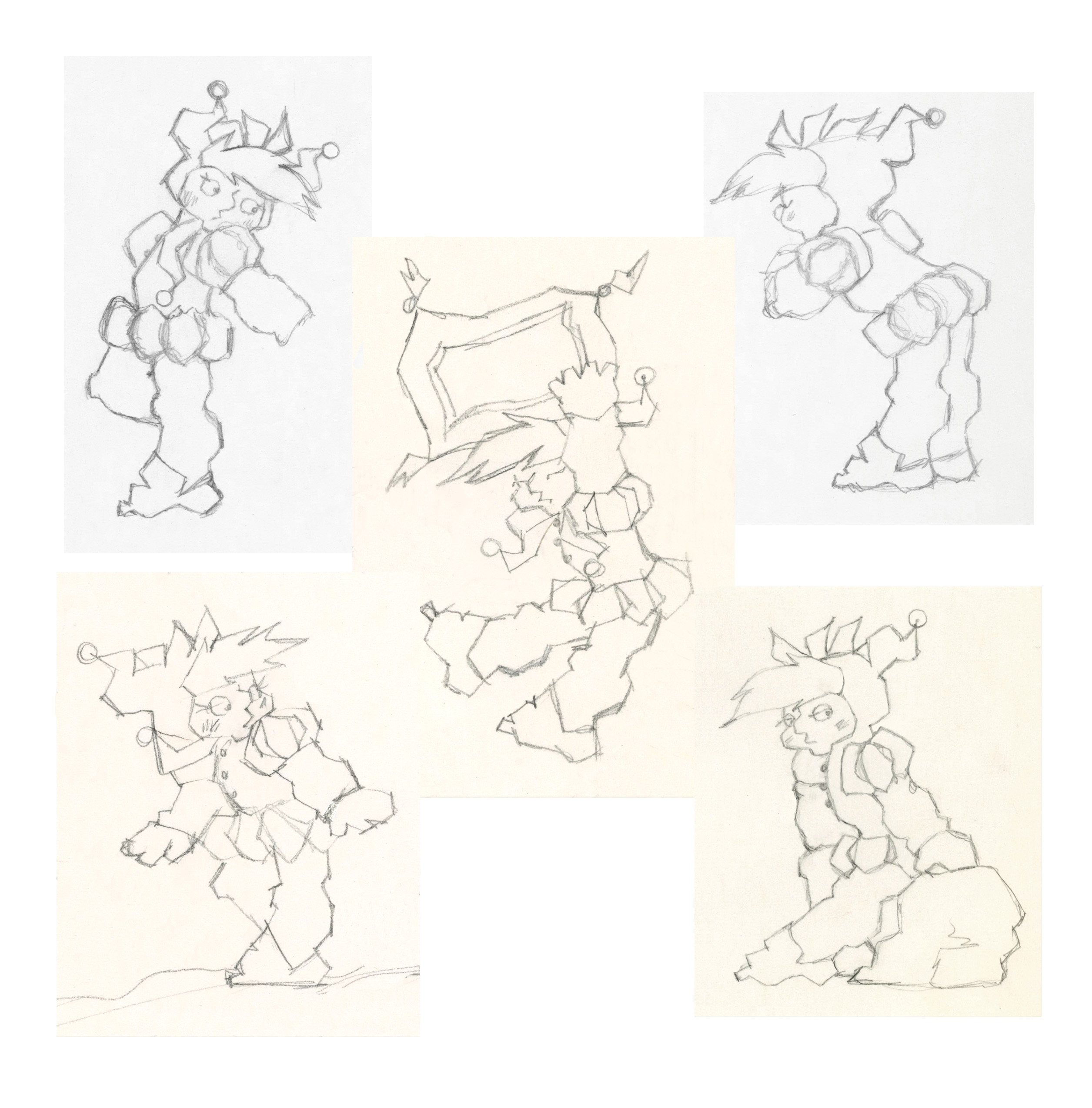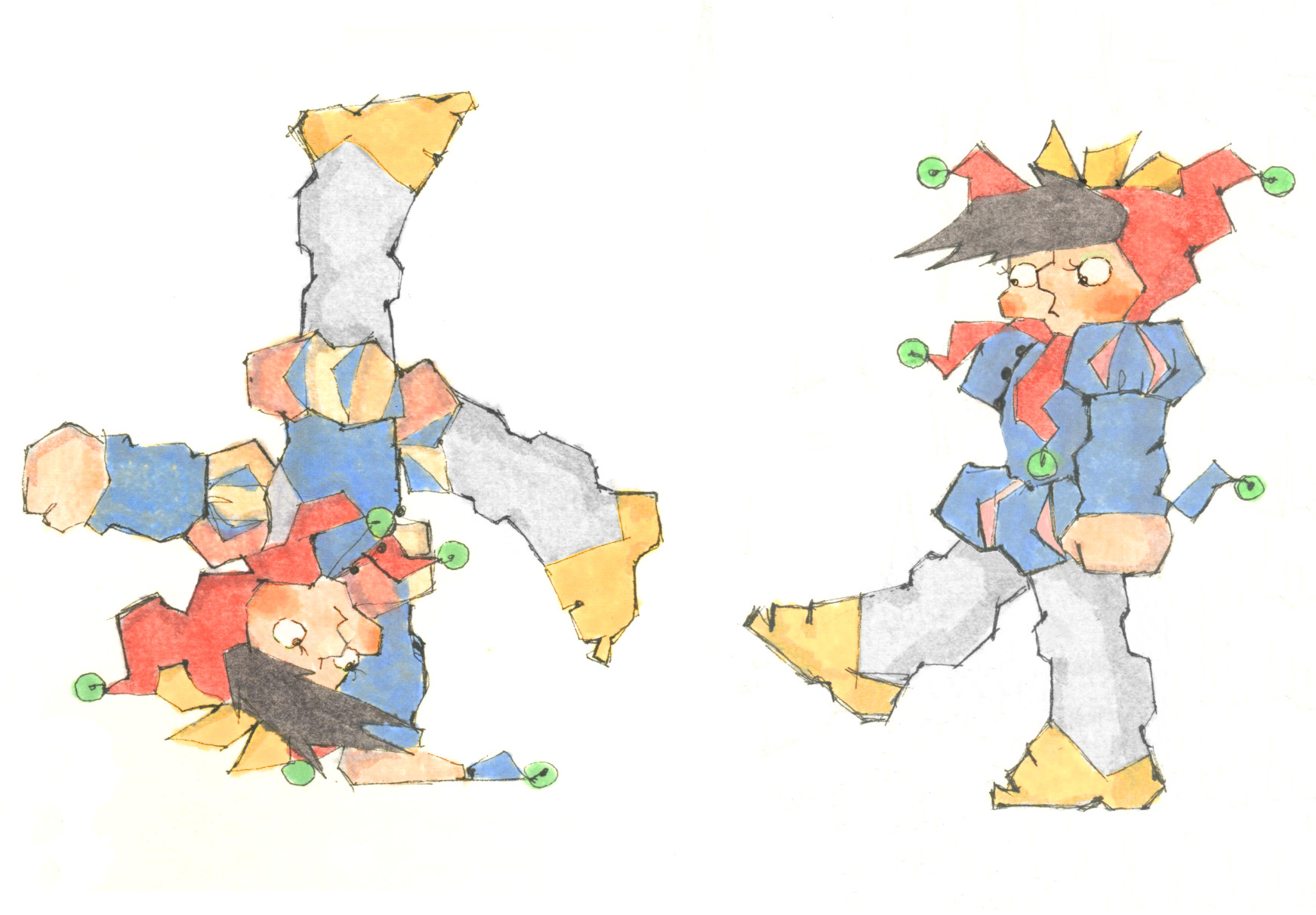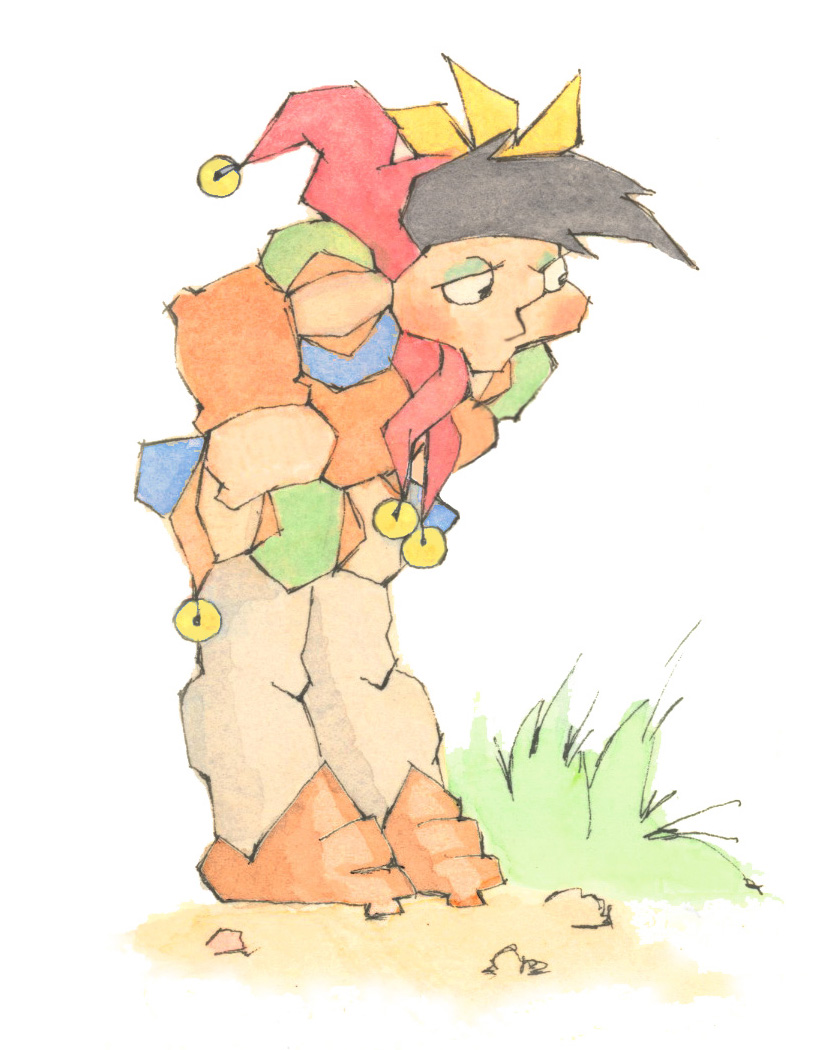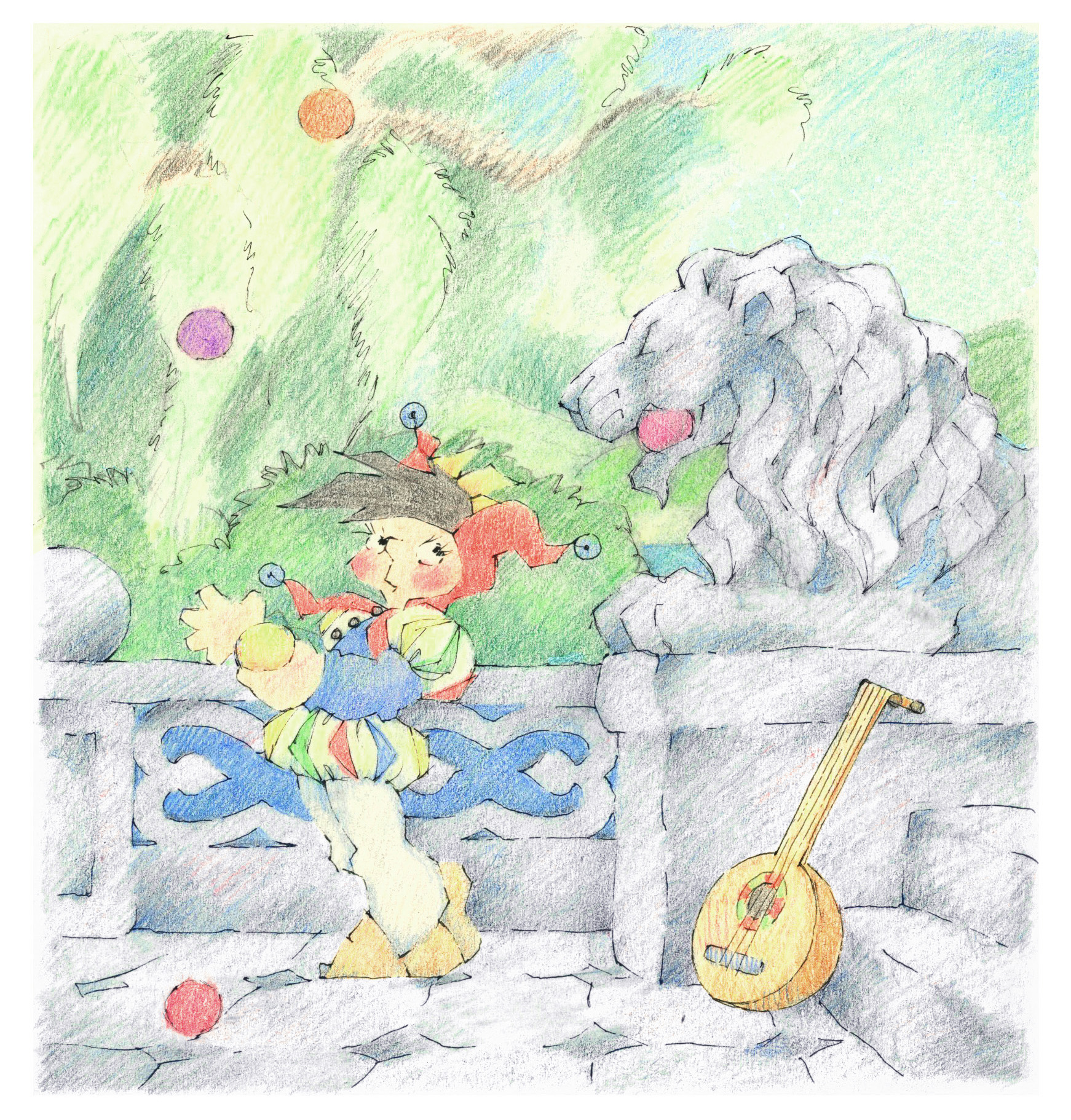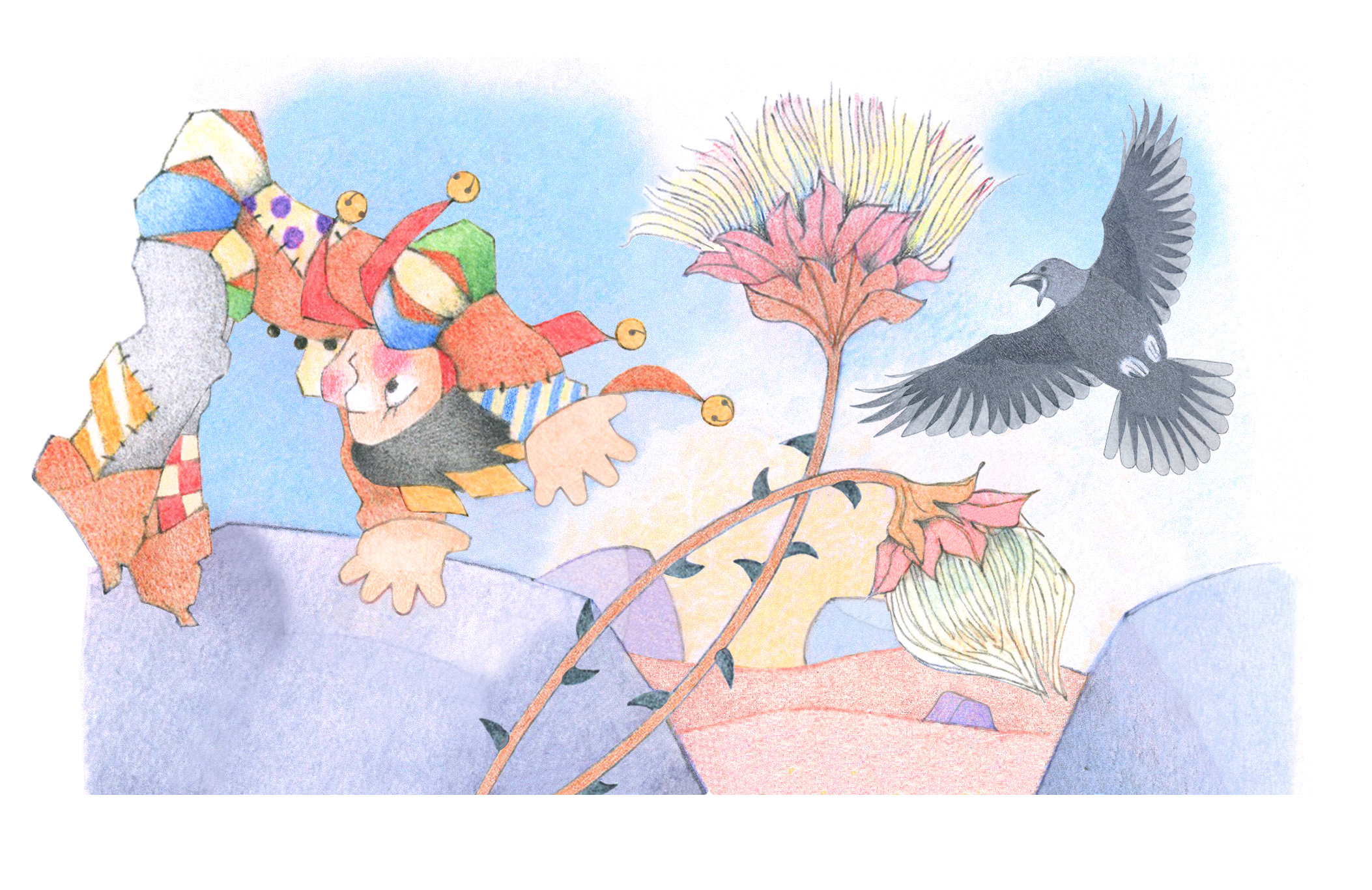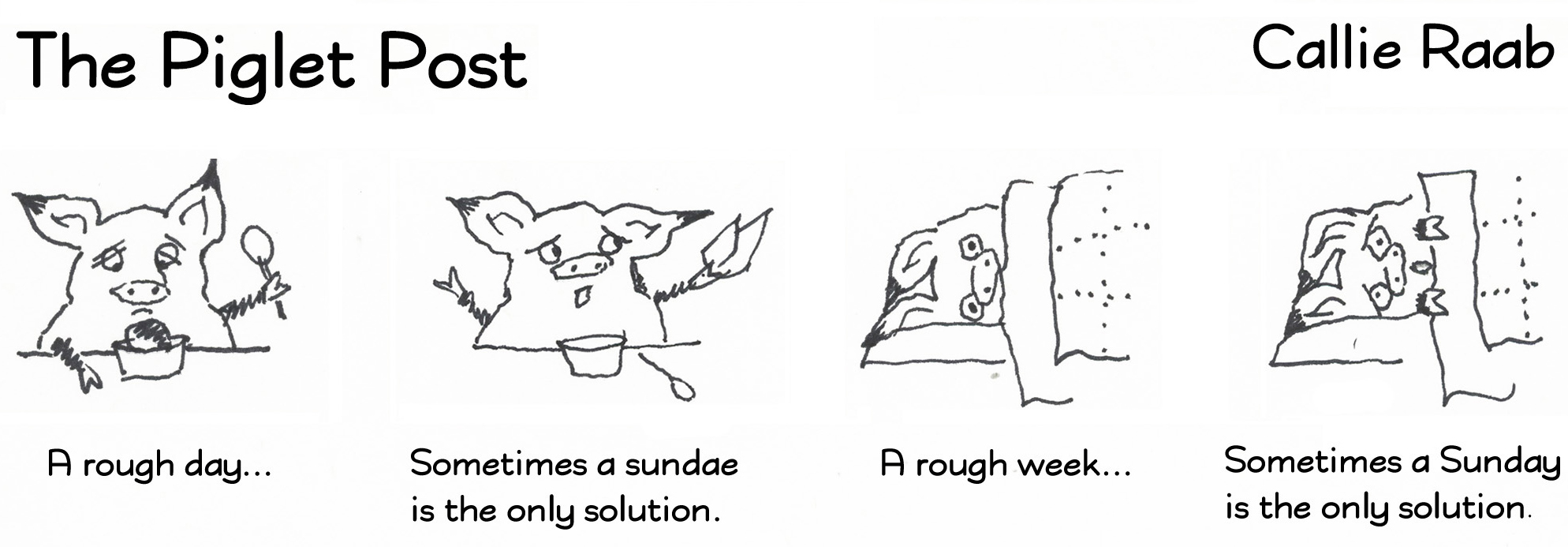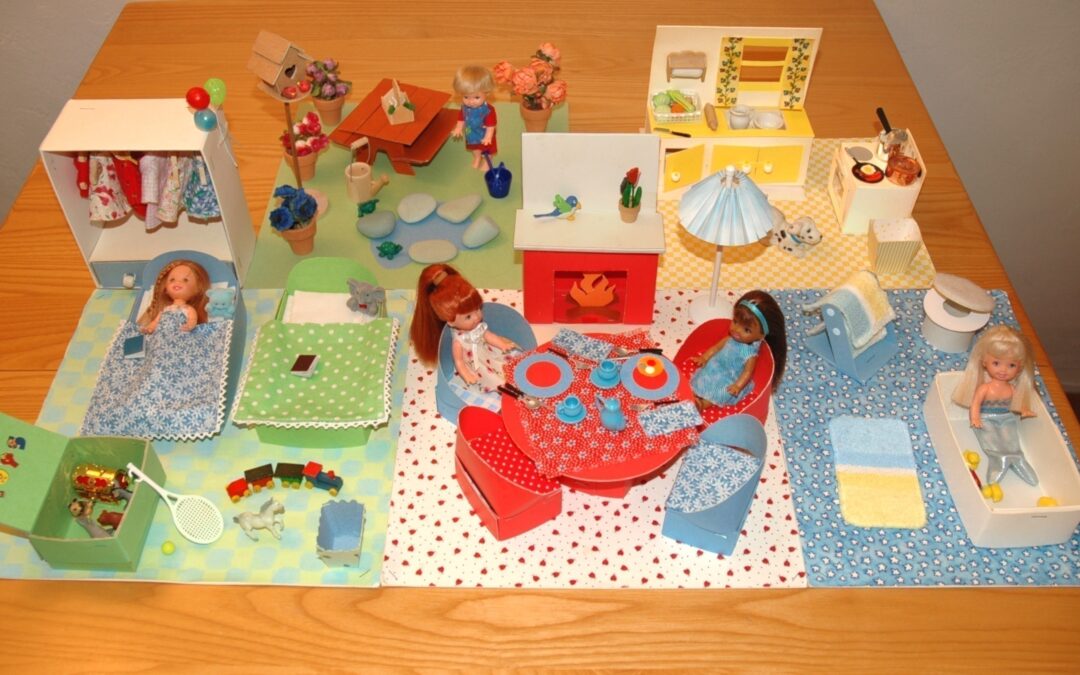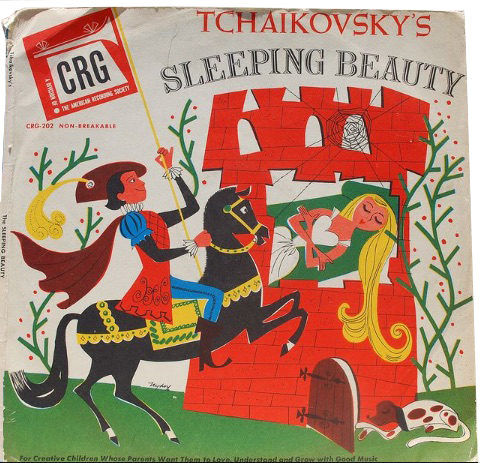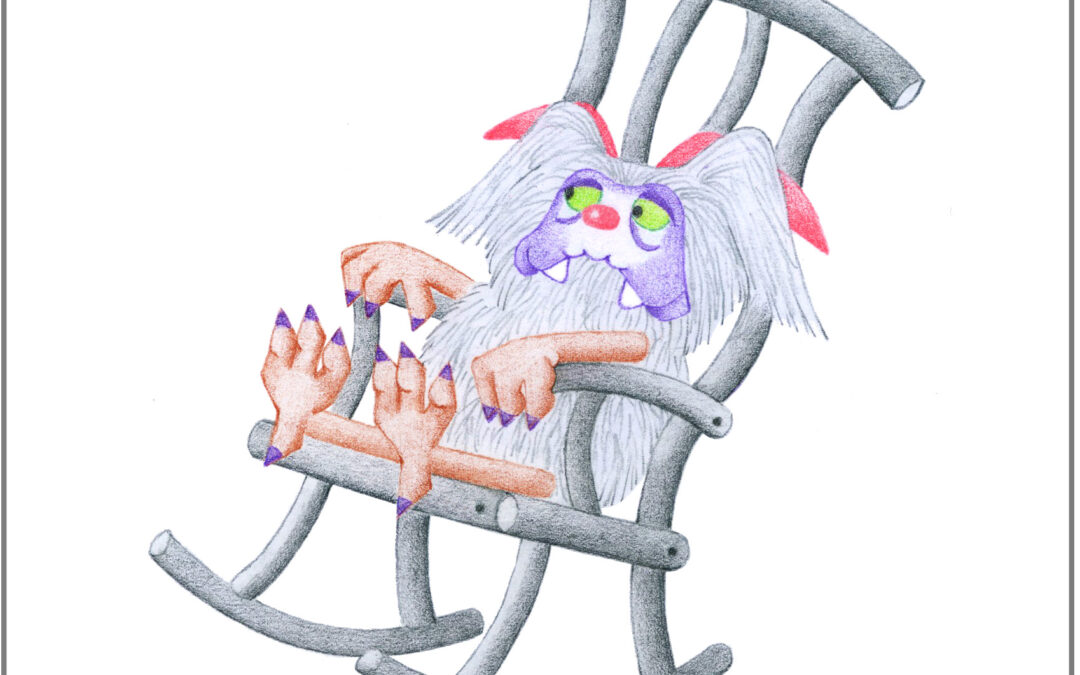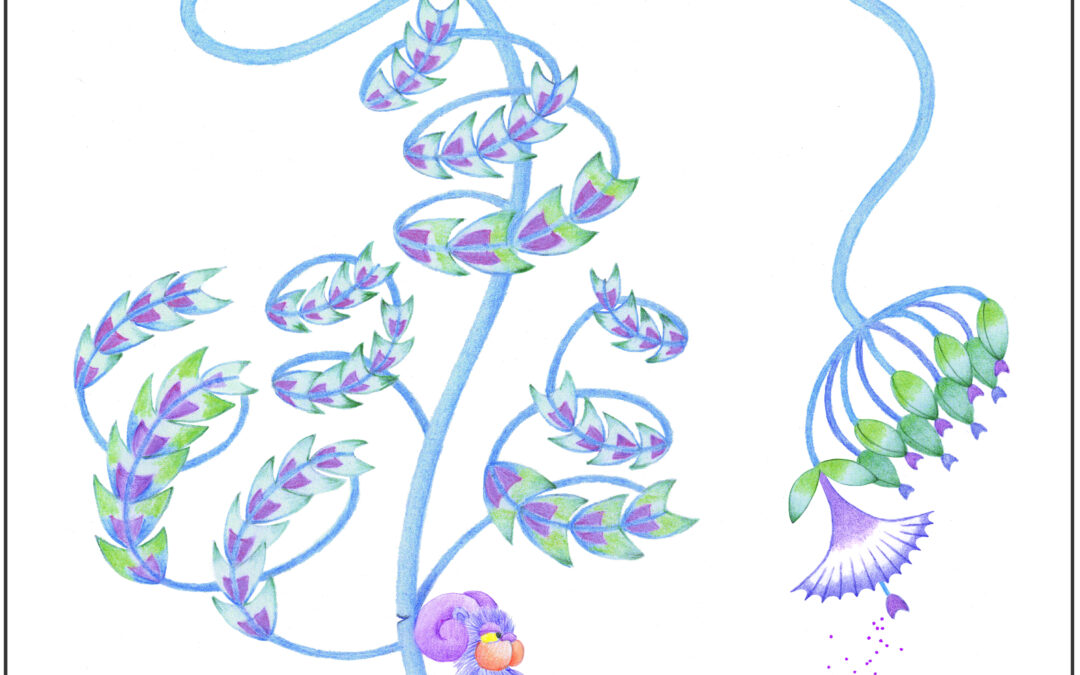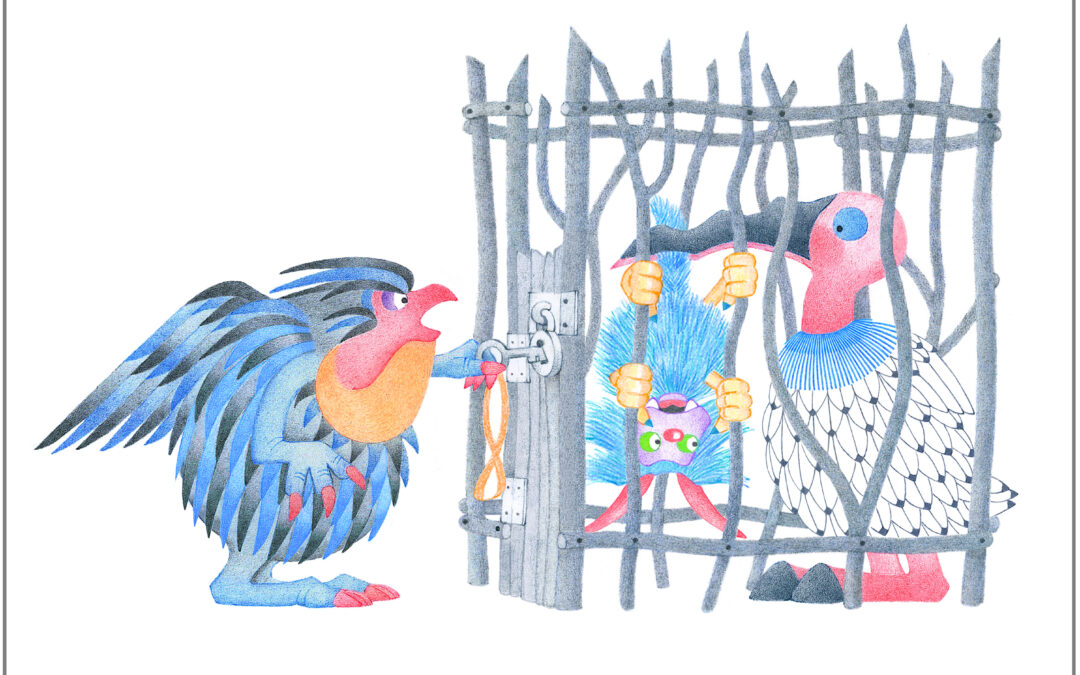Throughout my years at Seven Hills School, I poured my creativity into my job. Besides the playhouse I created in an alcove and the card and board games I designed, I made hand puppets and a puppet theater out of wooden crates and fabric and scoured the thrift stores and ransacked dumpsters looking for anything my imagination could recycle; I even rescued a charming high-backed bench from the Pier 1 trash bin, one of my favorite hangouts. I constructed a cardboard dollhouse for a pair of small Raggedy Ann and Andy dolls, fashioning all the furniture out of bright-colored poster board. Since I don’t have a photo of it, I’m posting a snapshot of a similar, more elaborate dollhouse I made years later—for Arielle when she was two. (This time, the inhabitants were Kelly dolls, Barbie’s younger siblings).
Should I also mention that my first year as a co-teacher I fell in love?—with a little boy named Michael, whose mother told me he loved me too. It was all I could do not to show any partiality toward him, but in summer day care I looked forward to each morning—and the chance to hold him in the swimming pool.
Then at the end of the summer Lu called Karl and me to her office. She’d decided that, in the fall, the kindergarten would take over our space in the main building and we would have to move into the Rainbow House, a one-room bungalow. While Karl was cavalier about the change, I was stricken, anticipating what a hard time he and I were going to have. The fact that our kids had been free to roam between our two rooms and visit the Art Room and the kindergarten, as it suited them, and that we had direct access to the garden and pool had been a boon because neither Karl and I were good at controlling a large group of kids, as I’ve said.
That summer in my woodworking class, I designed and built long benches and tables to divide up the area in Rainbow House into little centers for one kind of activity or another—a reading corner, a science area, a playhouse, etc. The instructor even gave me the keys to the shop so I could close up at night when I was ready to leave. At the very least, I reasoned, I could create physical barriers so our students couldn’t run all over the place.
But Karl and I were in for an even worse year than I’d imagined because for the first time we had several really difficult students—kids with behavioral problems—which was incredibly stressful. I no longer remember at what point I decided to quit at the end of the school year, but what I didn’t anticipate was that Karl, who’d worked at there longer than I had, would follow suit.
And I had another reason for leaving too. Because teaching was so all-consuming—there was always so much more you could do—I found myself working full-time, though I was only being paid for half that, and I began to long for a job that would leave me time and energy for other creative ventures. Which was why, at thirty, I decided to leave Seven Hills School and took a part-time job as a babysitter/ housekeeper instead.
